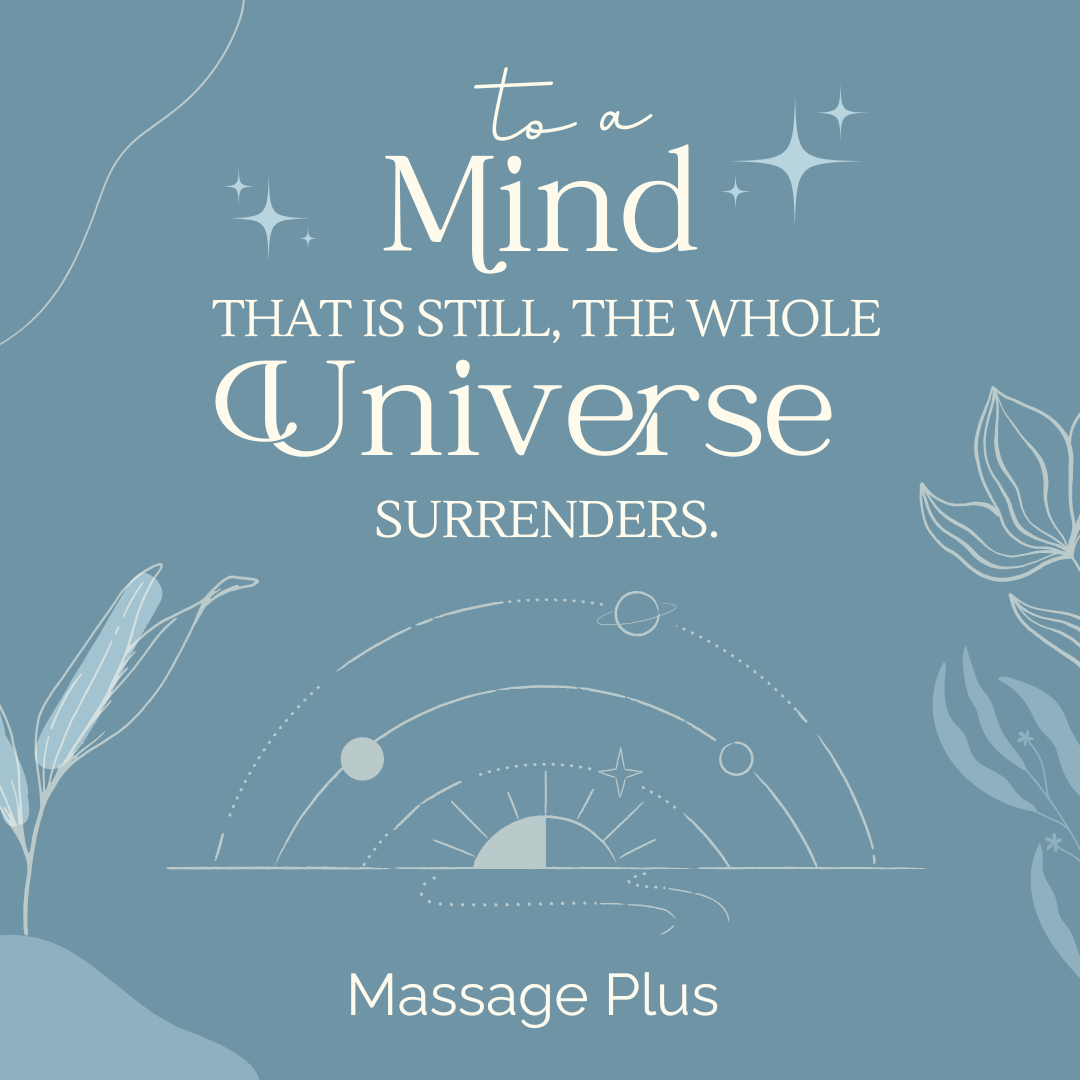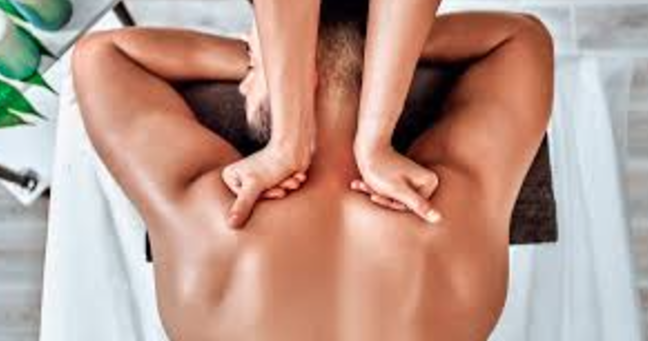Pain Relief: 6 Tips to Use Right Now
|
1. Pain Relief: Check In With the Basics Are you hydrated? Two different studies found that dehydration can increase your perception of pain and restrict blood flow through your brain. So, stay hydrated! Have you eaten recently? When we eat food, our bodies turn it into energy through the process of cellular respiration (I’m not being snarky, I’m being literal!). Don’t make your pain worse by adding fatigue, irritability. Eat something! Are you sitting/lying down comfortably? Are you sitting so engrossed by this pain guide that you don’t realize you’re sitting weird on your foot and it went numb? Is there a proverbial pea under your mattress throwing off your alignment and making your pain 10 percent worse? |
 |
Start building awareness of what positions (and how many pillows) are most comfortable and sustainable for you. Always start with the basics when it comes to how to lessen your pain!
2. Pain Relief: Myofascial Release
Fascia is “a band or sheet of connective tissue, primarily collagen, beneath the skin that attaches, stabilizes, encloses, and separates muscles and other internal organs.”
Myofascial pain is caused by “trigger points,” which are tender spots within the muscles. Trigger points hurt to touch and can cause referred pain all over the body. Doctors now recognize myofascial pain syndrome as its own disorder.
Myofascial release techniques apply direct or indirect pressure to trigger points, loosening them and easing muscle pain over time. While it’s often used in massage therapy, it can also be self-administered at home using foam rollers.

3. Pain Relief: Get Moving
Multiple studies have shown that exercise can significantly reduce chronic pain, increase nerve function, and decrease neuropathy symptoms, and even reduce depression and anxiety that’s so common in chronic pain sufferers.
Exercise is perhaps the most important tool in reducing my daily pain. It was also the hardest to start doing.
When you’re in severe pain, exercise seems impossible. But it’s not! The key is to start slow, increase gradually, and respect (and accept) your body’s limits.
I started in January by walking around the block. By May, I averaged over three miles a day. Some days I did five miles, sometimes I can’t even do one.
If you’re ambulatory, start with short walks. Can you walk from your bed to your front door? Can you make it around the block? If you’re a wheelchair user, can you make it to the front door? Around the block?
I know it can feel insulting to be told to exercise when you’re in excruciating pain. I’m not saying it’s a magical cure, but it has the potential to really help. Why not find out for yourself?
4. Pain Relief: Heat & Ice
Baths aren’t just for babies and fish, they’re also great for pain relief.
Heat helps pain by dilating your blood vessels, which increases blood flow to the area, helping your muscles and joints relax.
No bath? Take a shower! For localized heat, use an electric heating pad. No heating pad? Fill a sock with uncooked rice and heat it in the microwave in 30-second intervals until it’s the perfect hot-but-not-too-hot temperature.
Heat is generally indicated for muscle pain, while ice is recommended for reducing swelling or temporarily numbing pain from acute injuries. Experiment with both and see what helps your body.
5. Pain Relief: Meditation
Stress and anxiety can have an effect on the immune system, adrenals, and blood pressure. This tends to amplify and increase pain, creating a vicious cycle of ever-increasing stress and pain.
Closing your eyes and focusing on your breathing for 10 minutes does wonders to calm down your nervous system and regulate your blood pressure, which may translate to reduced pain.
Most of us spend the majority of our time in front of screens. Don’t you deserve a 10 minute break to just… be?
6. Pain Relief: Distraction
So you’ve tried all of the above (or you’re not able to try any of the above) and your pain is still bad enough to distract you. So let’s distract you from your pain!
If you’re in an analog mood, try a book or a jigsaw puzzle. But, that might be too painful. Thankfully, we have the internet. I maintain a Tumblr only for following cute animal pics and funny memes. Binge a trashy TV show or a brilliant one.
The internet is your oyster. May you find your pain relief pearl.